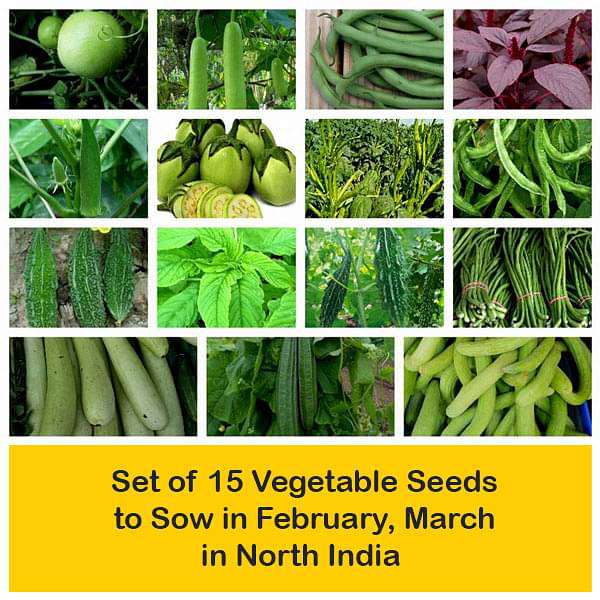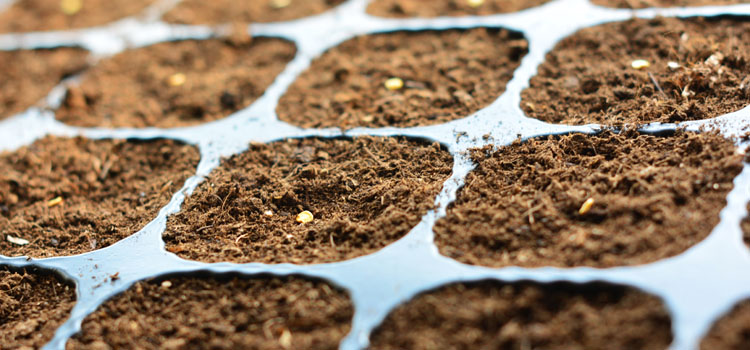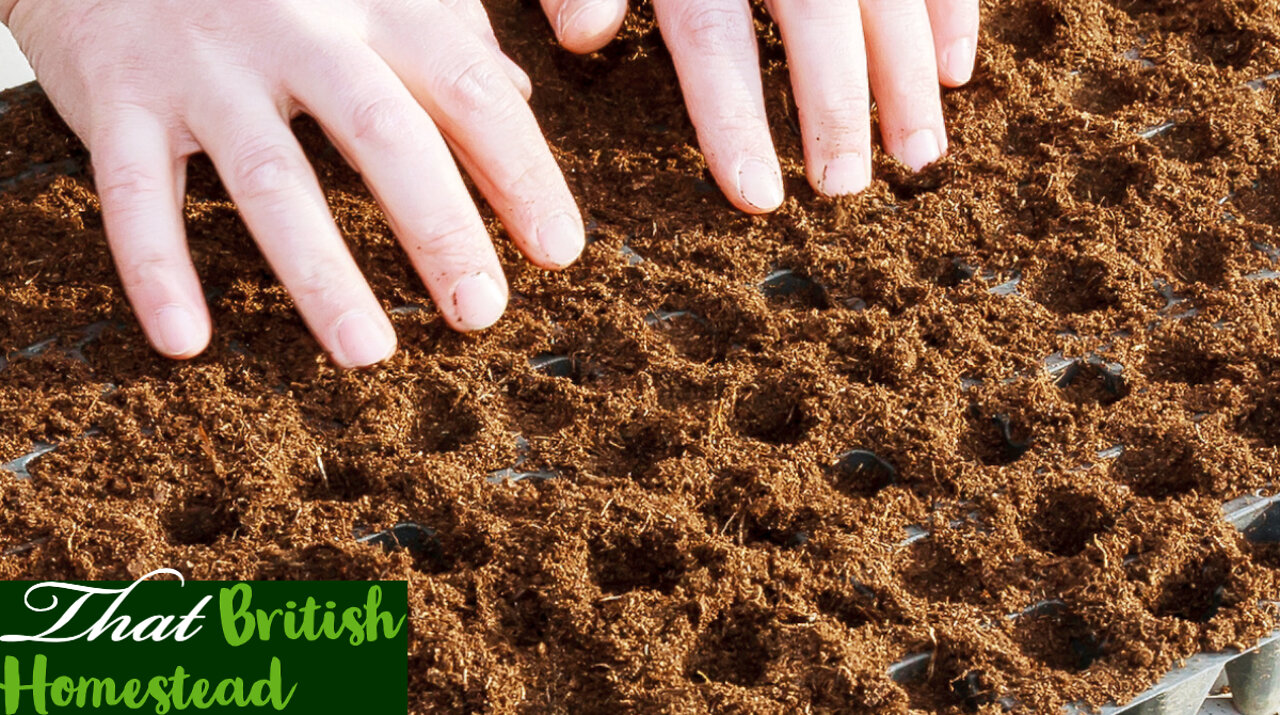Getting a Head Start on the Growing Season
Sowing seeds in February can give gardeners a significant head start on the growing season. By getting a jump-start on the season, gardeners can improve soil health, increase crop yields, and enjoy a longer harvest period. February is an ideal time to sow seeds for several reasons. Firstly, the soil has had time to recover from the previous year’s crops, and the risk of pests and diseases is lower. Secondly, the cooler temperatures and increased moisture in February create an ideal environment for seed germination and establishment.
In addition to these benefits, sowing seeds in February allows gardeners to take advantage of the longer growing season. By getting a head start, gardeners can enjoy a longer harvest period and increase their overall crop yields. This is especially important for gardeners who want to grow a variety of crops, including vegetables, fruits, and flowers. Some of the best seeds to sow in February include broccoli, cauliflower, kale, and spinach. These cool-season crops thrive in the cooler temperatures and can be harvested in as little as 50 days.
When sowing seeds in February, it’s essential to choose varieties that are suitable for the cooler temperatures and increased moisture. Gardeners should also ensure that their soil is prepared for the new seeds. This includes adding organic matter, such as compost or manure, to improve soil structure and fertility. By taking these steps, gardeners can give their seeds the best possible start and enjoy a thriving spring harvest.
Overall, sowing seeds in February is an excellent way to get a head start on the growing season. By choosing the right varieties, preparing the soil, and providing optimal growing conditions, gardeners can enjoy a longer harvest period and increase their overall crop yields. Whether you’re a seasoned gardener or just starting out, sowing seeds in February is a great way to get started on the path to a successful and productive growing season.
Choosing the Right Seeds for Your Climate
When it comes to sowing seeds in February, selecting the right varieties for your region’s climate and weather conditions is crucial. Different seeds have unique requirements, and choosing the wrong ones can lead to poor germination, weak growth, and reduced yields. To ensure success, gardeners need to consider factors such as average temperature, frost dates, and moisture levels in their area.
To determine the best seeds for your climate, start by checking the average temperature and frost dates for your area. This information can be found on websites such as the National Weather Service or by consulting with local nurseries and gardening experts. Once you have this information, you can select seeds that are suitable for your region’s conditions. For example, if you live in an area with cold winters, you may want to choose seeds that are resistant to frost and can tolerate cooler temperatures.
In addition to temperature and frost dates, gardeners should also consider the moisture levels in their area. Seeds that require high levels of moisture may not perform well in areas with low rainfall or drought. On the other hand, seeds that are drought-tolerant may thrive in areas with low moisture levels. By taking these factors into account, gardeners can choose the right seeds for their climate and increase their chances of success.
Some popular seeds to sow in February that are suitable for a variety of climates include broccoli, cauliflower, kale, and spinach. These cool-season crops are ideal for areas with cooler temperatures and can tolerate light frosts. Other seeds, such as tomatoes and peppers, are better suited for warmer climates and should be sown in later months. By choosing the right seeds for your climate, you can ensure a thriving spring harvest and enjoy a bountiful crop of fresh produce.
When selecting seeds, gardeners should also consider the specific growing conditions required by each variety. This includes factors such as soil type, sunlight, and watering requirements. By choosing seeds that are well-suited to your specific growing conditions, you can increase your chances of success and enjoy a healthy and productive harvest.
Top Seeds to Sow in February for a Bountiful Harvest
February is an excellent time to sow a variety of seeds for a bountiful spring harvest. Some of the top seeds to sow in February include broccoli, cauliflower, kale, and spinach. These cool-season crops are ideal for areas with cooler temperatures and can tolerate light frosts. Other seeds, such as tomatoes and peppers, are better suited for warmer climates and should be sown in later months.
For a successful February planting, consider sowing seeds for the following vegetables:
- Broccoli: A cool-season crop that prefers well-draining soil and partial shade.
- Cauliflower: A versatile vegetable that can be grown in a variety of conditions.
- Kale: A hardy, cool-season crop that is rich in nutrients and can tolerate light frosts.
- Spinach: A fast-growing, cool-season crop that prefers well-draining soil and partial shade.
In addition to vegetables, February is also an excellent time to sow seeds for fruits and flowers. Some popular options include:
- Strawberries: A hardy, perennial fruit that prefers well-draining soil and full sun.
- Raspberries: A perennial fruit that prefers well-draining soil and full sun.
- Pansies: A colorful, annual flower that prefers well-draining soil and partial shade.
- Violas: A delicate, annual flower that prefers well-draining soil and partial shade.
When sowing seeds in February, be sure to choose varieties that are suitable for your region’s climate and weather conditions. Also, make sure to follow proper sowing techniques, including sowing seeds at the correct depth and spacing, and providing adequate watering and care.
By sowing the right seeds in February, you can enjoy a bountiful spring harvest and get a head start on the growing season. Whether you’re a seasoned gardener or just starting out, February is an excellent time to get started on your gardening journey.
How to Prepare Your Soil for February Sowing
Before sowing seeds in February, it’s essential to prepare your soil for optimal growth. A well-prepared soil will provide the necessary nutrients, structure, and moisture for your seeds to germinate and thrive. Here’s a step-by-step guide on how to prepare your soil for February sowing:
Step 1: Soil Testing
Start by testing your soil to determine its pH level and nutrient content. You can purchase a soil testing kit or send a sample to a laboratory for analysis. Based on the results, you can adjust your soil’s pH level and add necessary nutrients.
Step 2: Composting
Composting is an excellent way to improve your soil’s structure and fertility. Add compost to your soil to increase its organic matter content, which will help retain moisture, suppress diseases, and support beneficial microorganisms.
Step 3: Mulching
Mulching helps retain moisture, suppress weeds, and regulate soil temperature. Apply a 2-3 inch layer of organic mulch, such as straw or wood chips, to your soil. This will help create a favorable environment for your seeds to germinate and grow.
Step 4: Removing Debris
Remove any debris, such as dead plants, rocks, and weeds, from your soil. This will help prevent competition for water and nutrients and create a smooth surface for sowing seeds.
Step 5: Leveling and Raking
Level your soil to create a smooth surface for sowing seeds. Use a rake to loosen the top 2-3 inches of soil and create a fine texture. This will help your seeds germinate and grow evenly.
By following these steps, you can prepare your soil for optimal growth and give your seeds the best chance to thrive. Remember to choose the right seeds for your climate and weather conditions, and follow proper sowing techniques for a successful February sowing.
Starting Seeds Indoors vs. Direct Sowing
When it comes to sowing seeds in February, gardeners have two options: starting seeds indoors or direct sowing. Both methods have their pros and cons, and the best approach depends on the specific seeds, climate, and weather conditions.
Starting Seeds Indoors:
Starting seeds indoors can give gardeners a head start on the growing season. This method allows for more control over the environment, including temperature, light, and moisture. Seeds can be started in pots or seed trays and then transplanted outside when the weather warms up.
The benefits of starting seeds indoors include:
- Earlier start to the growing season
- More control over the environment
- Increased germination rates
- Better protection from pests and diseases
However, starting seeds indoors also has some drawbacks, including:
- Requires more equipment and space
- Can be more labor-intensive
- Seeds may experience transplant shock
Direct Sowing:
Direct sowing involves sowing seeds directly into the garden bed. This method is often preferred by gardeners who want to avoid the hassle of starting seeds indoors.
The benefits of direct sowing include:
- Less equipment and space required
- Less labor-intensive
- No transplant shock
However, direct sowing also has some drawbacks, including:
- Seeds may be more susceptible to pests and diseases
- Germination rates may be lower
- Weather conditions can be unpredictable
Choosing the Best Approach:
The best approach depends on the specific seeds, climate, and weather conditions. For example, seeds that require a long growing season, such as tomatoes and peppers, may benefit from being started indoors. On the other hand, seeds that have a shorter growing season, such as lettuce and spinach, may do well with direct sowing.
Ultimately, the key to success is to choose the approach that works best for your specific seeds and climate. By considering the pros and cons of each method, gardeners can make informed decisions and achieve a thriving spring harvest.
Common Mistakes to Avoid When Sowing Seeds in February
When sowing seeds in February, gardeners can make several mistakes that can impact the success of their spring harvest. Here are some common mistakes to avoid:
Sowing Too Early:
Sowing seeds too early in February can lead to poor germination rates and weak seedlings. This is because the soil may be too cold, and the seeds may not have enough light to germinate. Wait until the soil has warmed up to at least 40°F (4°C) before sowing seeds.
Sowing Too Late:
Sowing seeds too late in February can result in a delayed harvest. This is because the seeds may not have enough time to mature before the weather warms up. Aim to sow seeds at least 6-8 weeks before the last frost date in your area.
Insufficient Soil Preparation:
Failing to prepare the soil properly can lead to poor seed germination and weak seedlings. Make sure to test the soil pH and adjust it if necessary. Add organic matter such as compost or manure to improve soil structure and fertility.
Inadequate Watering:
Seeds need consistent moisture to germinate and grow. Make sure to water the soil gently but thoroughly after sowing seeds. Keep the soil consistently moist during the first few weeks after sowing.
Incorrect Sowing Depth:
Sowing seeds at the wrong depth can lead to poor germination rates. Check the seed package for the recommended sowing depth and follow the instructions carefully.
Overcrowding:
Sowing seeds too close together can lead to overcrowding and reduced growth. Make sure to sow seeds at the recommended spacing to give them enough room to grow.
By avoiding these common mistakes, gardeners can increase their chances of success and enjoy a thriving spring harvest.
February Sowing Tips for Specific Crops
When it comes to sowing seeds in February, different crops have unique requirements. Here are some specific sowing tips for popular crops:
Tomatoes:
Tomatoes are one of the most popular garden crops, and February is a great time to sow them indoors. Sow tomato seeds 1/4 inch deep and 2-3 inches apart in seed trays or small pots. Keep the soil warm (around 70-80°F) and moist. Transplant seedlings outdoors when the weather warms up.
Peppers:
Peppers are another popular crop that can be sown in February. Sow pepper seeds 1/4 inch deep and 2-3 inches apart in seed trays or small pots. Keep the soil warm (around 70-80°F) and moist. Transplant seedlings outdoors when the weather warms up.
Lettuce:
Lettuce is a cool-season crop that can be sown directly in the garden in February. Sow lettuce seeds 1/8 inch deep and 2-4 inches apart in rows that are 12-18 inches apart. Keep the soil consistently moist and cool (around 40-50°F).
Other Crops:
Other crops that can be sown in February include spinach, kale, and radishes. Sow these crops directly in the garden, following the same guidelines as lettuce.
General Tips:
Regardless of the crop, make sure to follow these general tips when sowing seeds in February:
- Sow seeds at the correct depth and spacing for the specific crop.
- Keep the soil consistently moist and at the correct temperature for the specific crop.
- Provide adequate light for the specific crop.
- Transplant seedlings outdoors when the weather warms up.
By following these tips, you can ensure a successful February sowing and a thriving spring harvest.
Conclusion: Getting the Most Out of Your February Sowing
February is a great time to start sowing seeds for a thriving spring harvest. By choosing the right seeds for your climate, preparing your soil, and following the tips outlined in this article, you can set yourself up for success. Remember to avoid common mistakes, such as sowing too early or too late, and to provide your seeds with the right conditions to grow.
Whether you’re a seasoned gardener or just starting out, February is a great time to get started on your gardening journey. With a little planning and preparation, you can enjoy a bountiful harvest of fresh, delicious produce. So why not get started today? Choose the seeds you want to sow, prepare your soil, and get ready to enjoy the fruits of your labor.
By following the tips and advice outlined in this article, you can make the most of your February sowing and enjoy a thriving spring harvest. Happy gardening!


/GettyImages-953232226-5c3e2dd6c9e77c000195b625.jpg)




